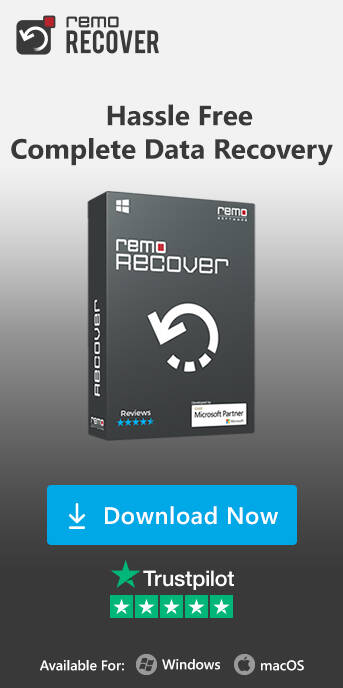CHKDSK, short for "Check Disk," is a built-in Windows utility that plays a critical role in maintaining the health and integrity of your computer's hard drive. It's designed to scan for and fix various disk-related problems, ensuring your data remains safe and accessible.
What is CHKDSK?
CHKDSK is a command-line tool that scans and repairs file system and disk-related errors on Windows-based systems. It checks for bad sectors, file system corruption, and other issues that can lead to data loss or system instability.
The Importance of Regular CHKDSK Scans
Regularly running CHKDSK is crucial for maintaining your computer's performance and data integrity. Over time, hard drives can develop bad sectors and file system errors that impact your system's speed and reliability. By running CHKDSK, you can address these issues proactively.
How to Use CHKDSK?
To run CHKDSK, follow these simple steps:
- Open the Command Prompt as an administrator.
- Type "chkdsk" followed by the drive letter (e.g., "chkdsk C:") you want to scan.
- Press Enter and let CHKDSK do its work.
CHKDSK Parameters
You can customize CHKDSK using various parameters, such as:
- /f : fixes errors on the disk.
- /x : forces the volume to dismount first if necessary. All opened handles to the volume would then be invalid
- /r : locates bad sectors and recovers readable information.
- /v : On FAT/FAT32: displays full path and name of every file on the disk On NTFS: displays clean up messages if any.
- /c : NTFS only: skips checking of cycles within the folder structure.
- /i : NTFS only: performs a less vigorous check of index entries.
- /? : displays help.
- /b : re-evaluates bad clusters on volume.
Also Read: How to recover files deleted by CHKDSK
Benefits of Using CHKDSK
CHKDSK offers several benefits, including:
- Data Protection: Identifying and repairing disk errors helps prevent data loss.
- Improved Performance: Regular scans can improve your system's speed and responsiveness.
- Reliability: Ensures your computer operates smoothly without unexpected crashes.
Troubleshooting with CHKDSK
Despite its benefits, CHKDSK may encounter issues of its own. If you face problems like CHKDSK getting stuck or not completing and CHKDSK is not available for RAW drives, don't worry. Here are some troubleshooting tips:
- Run CHKDSK in Safe Mode.
- Check for disk-related hardware problems.
- Disable third-party antivirus software during CHKDSK.
Conclusion
CHKDSK is a valuable tool for maintaining your computer's health and data integrity. Understanding how to use CHKDSK and its benefits ensures your system operates smoothly and data remains secure. Remember to run CHKDSK regularly and follow the troubleshooting tips when needed to keep your computer safe.
